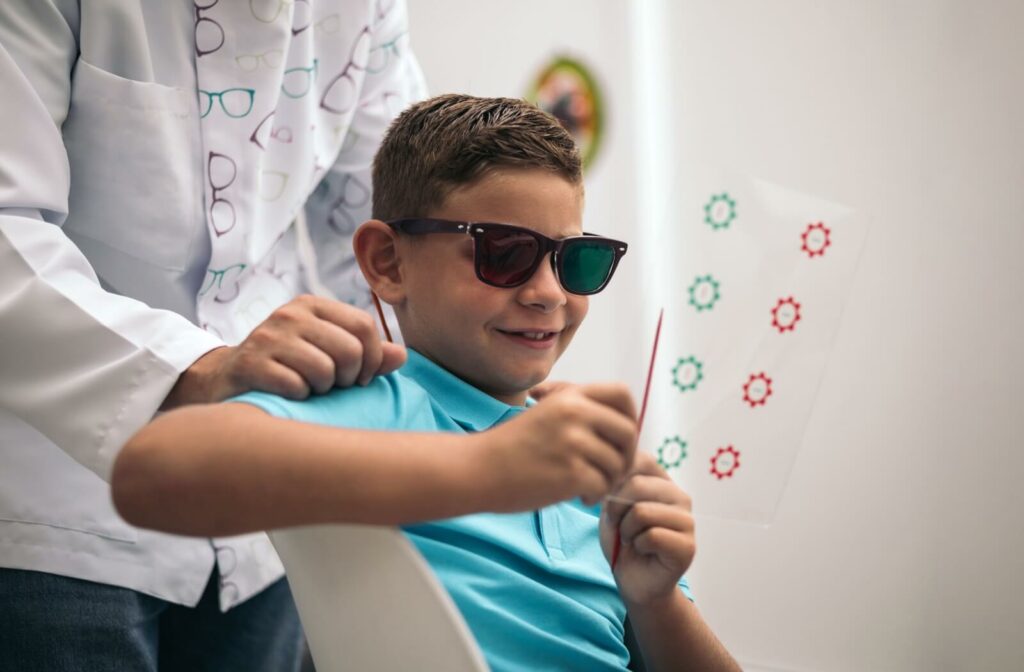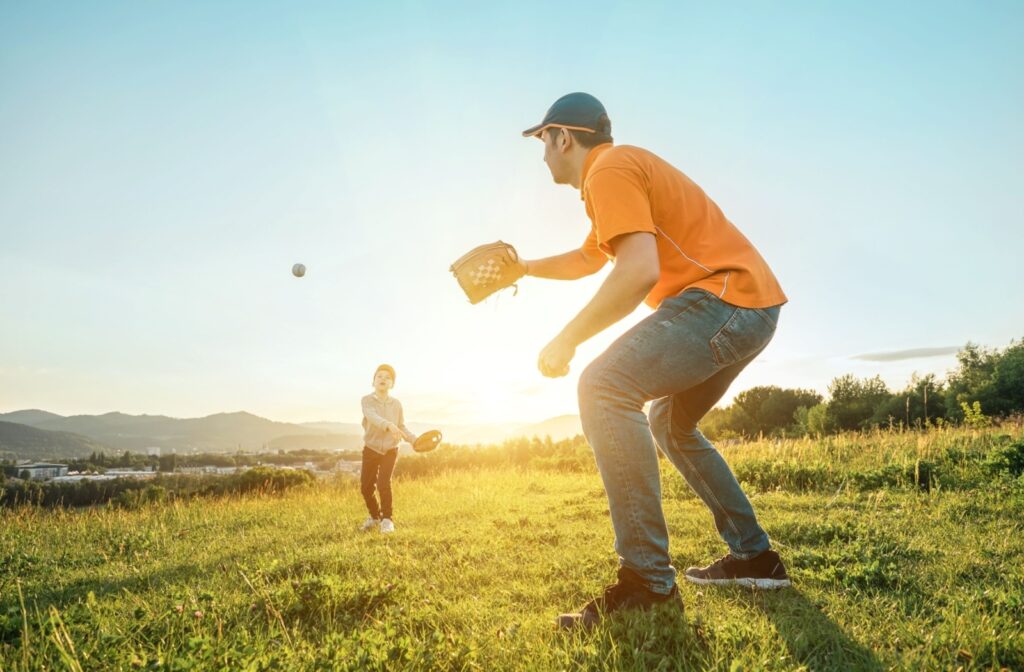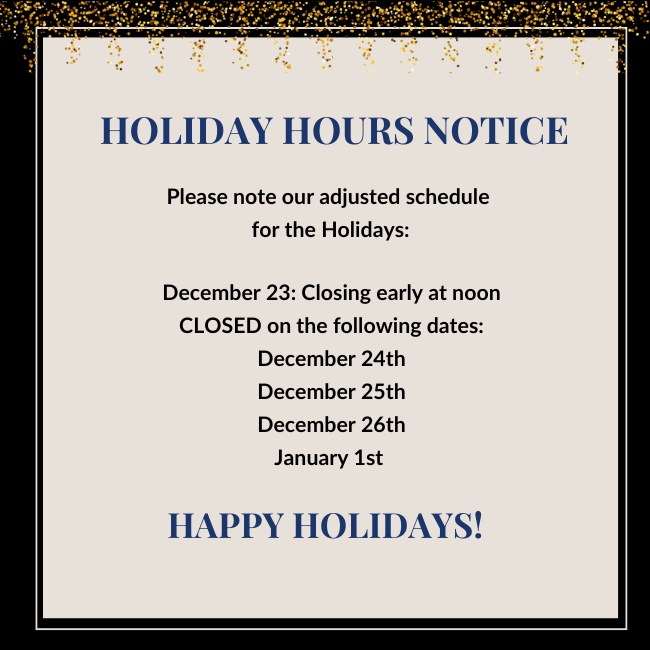Hand-eye coordination is more than just a handy skill; it’s a vital function that plays a part in nearly every activity we do—from catching a ball to typing on a keyboard. This skill allows our eyes and hands work together seamlessly, helping us track, react, and act effectively.
Whether you’re an athlete aiming to excel in sports, a student wanting to improve focus, or someone looking to enhance their daily life, improving your hand-eye coordination can make a significant difference.
Developing hand-eye coordination involves consistent practice through targeted exercises such as juggling, playing catch, or using video games designed for reflex improvement. These activities train your brain to synchronize visual input with precise physical movements, enhancing overall coordination over time.
Understanding Hand-Eye Coordination
Hand-eye coordination refers to the ability of your eyes, brain, and muscles to work together in harmony to perform a task. It’s a fine balance of perception, reaction, and movement.
The Science Behind Hand-Eye Coordination
This intricate skill relies on a well-synchronized system:
- Eyes: Your eyes capture visual information about an object (e.g., its position, motion, and size).
- Brain: Your brain processes this information and sends signals to your muscles.
- Muscles: Your muscles execute the action, such as picking up an object or throwing a ball.
This process happens so quickly and seamlessly that you hardly notice. However, when your hand-eye coordination is underdeveloped or disrupted, tasks can become challenging. Thankfully, since this is a learned skill, consistent practice can improve it significantly.
Benefits of Good Hand-Eye Coordination
Improved hand-eye coordination enhances various aspects of your life, whether you’re a professional athlete, a student, or just navigating daily tasks. Here’s why it matters:
Sports Performance
Strong hand-eye coordination is critical in sports like tennis, basketball, or baseball. It allows you to track fast-moving objects (like a ball) and respond in time. Athletes often dedicate hours to fine-tuning this skill.
Academic & Cognitive Benefits
Good hand-eye coordination plays a key role in early childhood development. It helps children with tasks like handwriting, cutting with scissors, and reading. For adults, it boosts multitasking abilities and cognitive processing speed.
Everyday Tasks
From driving a car to cooking dinner or even typing on a keyboard, hand-eye coordination is part of countless daily activities. Strong coordination ensures precision and lowers the likelihood of mistakes.
Overall Well-Being
Improving hand-eye coordination can also reduce stress. Activities that challenge this skill, such as playing puzzles or practicing yoga, can effectively relax your mind while enhancing focus.
Activities & Exercises to Improve Hand-Eye Coordination
Improving hand-eye coordination doesn’t have to be boring. Engaging in fun activities and simple exercises can boost this skill over time. Here are some effective options:
Physical Activities
- Playing catch: Tossing a ball back and forth refines your ability to track objects and react accordingly.
- Table tennis: This fast-paced game improves your reaction time, focus, and precision.
- Juggling: Juggling challenges both visual tracking and hand movement, making it a powerful exercise for coordination.
Digital Exercises
- Video games: Many video games require quick reflexes and sharp hand-eye coordination. Racing or shooting games can be particularly effective.
- Typing practice: Regularly practicing typing enhances hand-eye coordination while also improving your speed and accuracy.
Fine Motor Exercises
- Threading beads: This is a simple but effective activity for strengthening the link between your eyes and precise hand movements.
- Arts and crafts: Drawing, painting, or sculpting requires focused interaction between your eyes and hands.
Vision Therapy for Hand-Eye Coordination
Vision therapy is a structured series of exercises designed by an optometrist to improve visual and motor skills. It can be tailored to address specific challenges, making it a valuable tool for individuals of all ages.
Vision therapy is like physical therapy for your eyes and brain. It’s a personalized program aimed at addressing deficiencies in visual skills, such as eye tracking and focus.
How Vision Therapy Can Help
- Children: Assists with academic challenges like reading and writing.
- Adults: Boosts performance in professional tasks or sports.
- Athletes: Enhances visual coordination, reaction time, and spatial awareness, leading to improved performance on the field or court.
Vision therapy can target specific weaknesses and provide measurable improvements through consistent practice.

Vision Therapy Exercises for Hand-Eye Coordination
Professional vision therapy often incorporates specialized exercises designed to enhance hand-eye coordination.
These exercises may include activities such as tracking moving objects with precision, catching and throwing balls of varying sizes, or completing tasks with tools like balance boards and reaction cards to integrate physical movement with visual focus.
Instruments like saccadic fixators or visual-motor software programs are also commonly used to train the eyes and hands to work seamlessly together.
Tools & Resources to Improve Coordination
Looking to track your progress or add variety to your practice? Here are some helpful tools and resources:
Apps
- Eye-Hand Coordination Training (available on multiple platforms) to practice reflex-based activities.
- Lumosity for brain training games that improve reaction time and focus.
Equipment:
- Reaction balls are great for unpredictable bounces that challenge your reaction time.
- Table tennis kits (even mini sets) are easy to incorporate into your routine.
Professional Help:
- Schedule an appointment with our optometrist to create a tailored plan for coordination improvement.
Take Action to Improve Hand-Eye Coordination
Improving your hand-eye coordination may seem daunting, but with consistent effort and the right tools, you’ll see results over time. From fun activities like juggling and video games to professional support, there are a wide range of options available.
To take things to the next level, consider exploring how vision therapy can make a difference. At Professional Eyecare Centers, we help people of all ages refine their skills with personalized programs.




